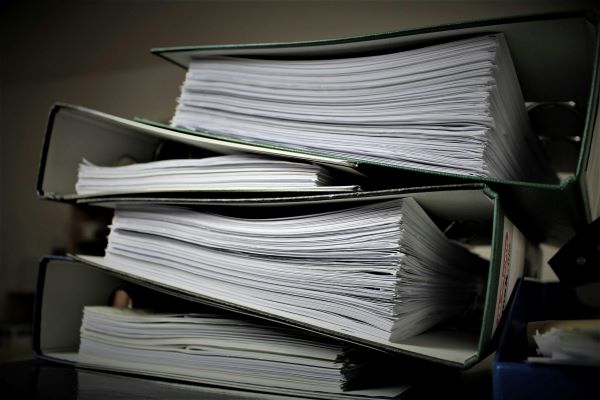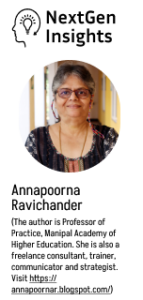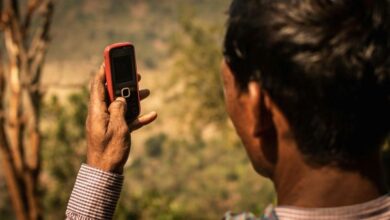Is it policymakers or policy decisions?
Collaboration between policymakers and policy decisions has a high impact and helps in enhancing effectiveness

 My students have often asked me about the difference between policymakers and policy decisions. I strongly believe that there is a difference between both since it primarily depends on their roles and functions in the policy-making process.
My students have often asked me about the difference between policymakers and policy decisions. I strongly believe that there is a difference between both since it primarily depends on their roles and functions in the policy-making process.
Background
Policy decisions are the outcomes or specific actions taken as part of the policy-making process. They are choices which have been formalised and address specific challenges to help achieve said objectives. On the other hand, Policymakers are people or an individual whose prime task is to understand a challenge/issue, take decisions, formulate and implement policies.
Context
Policy decisions reflect goals, objectives and strategies and ensure that they are implemented by developing policies, rules, roles and responsibilities. They are backed by data and research, involve public participation and also ensure that it is possible and practical.
Policymakers include government officials, think tanks and bureaucrats who are expected to identify and analyse challenges, hold meetings with concerned stakeholders and most important make informed decisions.
Broadly they vary in the following manner:
| Description | Policy Decisions | Policymakers |
| Responsibilities | Develop policies | Identify if specific outcomes are taken |
| Who?/What? | Refers to individuals, groups, or entities. | Refers to the formalized choices or resolutions. |
| Emphasis | Processes and frameworks | Specific objectives and implementation |
| Examples | Experts, Politicians and bureaucrats | Laws, regulations, programmes, or guidelines. |
| Characteristics | Agents of Changemakers and decision-makers | Understand tangible results of policymaking processes. |
Role of Policymakers and Policy Decisions in Policy Making Process
In a typical scenario, both policymakers and policy decisions act as basic elements in the policymaking process. They are important to design and implement policies and programmes to achieve the set targets/goals. However, both have a clear demarcated area and they include:
Policymakers
| Element | Description |
| Ascertain Problem | Identify and list issues
For example, addressing education, health |
| Set Agenda | Prioritise challenges
Plan and allocate resources based on the above |
| Engage with Stakeholders | Ensure inclusion by gathering diverse view points from stakeholders to include experts, civil society and public. |
| Design and frame policies | Analyse evidence, conduct feasibility studies and develop frameworks to address the identified problems.
For example, drafting a policy or a strategic plan |
| Build consensus | Advocate policies with legislative bodies, bureaucracies to name a few |
| Monitor and Review | Oversee and implement policies to include evaluation
Note: based on this the policies are returned for better applicability |
Policy Decisions
| Element | Description |
| Direct and clear | Deliver clear guidance on the steps to be taken to address specific problems.
For example, setting realistic targets to achieve set goals-SDG 2023 |
| Allocate Resources | Determine distribution of financial, human and material resources to ensure effective policy implementation
For example, allocating funds doe education in rural programmes |
| Develop a framework | Build processes, Standard Operational Procedures (SoPs), rules and regulations |
| Assess and evaluate | Conduct a regular assessment of progress and make adjustments based on feedback or unforeseen challenges. |
How are Policy Makers and Policy Decisions Interrelated?
There are three key stages where both are interrelated and they include:
Stage 1:
Policymakers-hypothise a framework
Policy Decisions execute the framework as actions
Stage 2:
Policymakers steer on actions provided through feedback received
Policy Decisions help to review and revisit strategies to help perform better
Stage 3:
Policymakers are required to be accountable
Policy Decisions ensure measurable outcomes and clear reporting structures
In short, a collaboration between policymakers and policy decisions has a high impact and helps in enhancing effectiveness and making informed decisions. It allows governments to make adaptive policy decisions which are timely. It also helps in building trust with people by being transparent.
A good way of stating the union of Policymakers and Policy Decisions will help in creating a cohesive and effective policymaking process. It will not only enhance stakeholder engagement but also ensure that our policies are well received through effective design aligning with the needs of communities.
Policymakers provide the vision, leadership and framework while policy decisions translate these into actionable and measurable steps. Together, they create a cohesive and effective policy-making process that addresses societal needs and promotes sustainable development. Their combined efforts ensure that policies are not only well-designed but also impactful and relevant to the communities they serve.
Policy decisions are tangible actions or frameworks and help in solving challenges of communities while policymakers are decision makers. They are both relevant and important for effective governance and public administration.
Also read:




